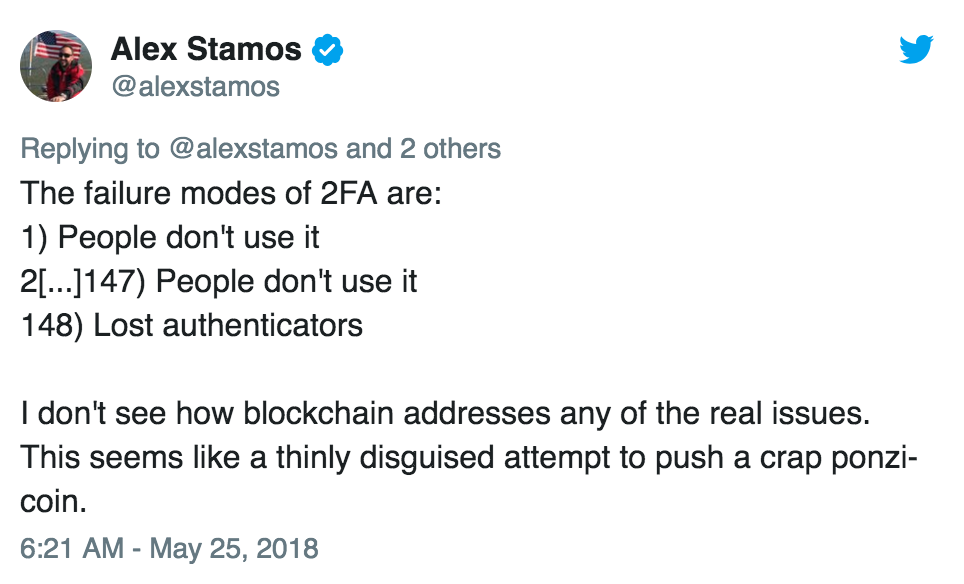Tweetstorms, Technical vs Management, and blockchain for authentication
Good morning.
Traditional org charts, and technical specialists vs managers
I went on a bit of a rant on Twitter last week, after waking up at 4am to full sunlight. (Sweden problems.)
The topic of discussion was something which has bothered me for a long time: the fact that in too many organisations, higher pay means management:
Management and technical roles require very different skills, and sometimes you might have to pay your specialists more than their managers. That’s not easy to do in a traditional org chart, at least not without putting lots of noses out of joint.
The root of the problem is that technical specialisations and management are two entirely orthogonal skillsets, and promoting from one to the other only makes sense for the small proportion of workers who happen to be excellent at both. However, in a traditional organisational hierarchy, technical jobs are at the bottom, and moving into management is the only way to get a pay rise.
It doesn’t help that management as an actual skill has been historically under-appreciated in many tech companies. Techies tend to have a habit of underestimating the difficulty or importance of other fields, likely because so much of tech is self-taught: “I can learn Ruby in a week, how hard can management be?”
Academia suffers from a similar problem: the skillset for research is completely unrelated to the skillset required to be a good teacher. However, KPI’s for an academic revolve around research output (journal acceptance, number of citations, etc), and the teaching component is secondary. Being a good teacher is valued, but it’s not incentivised.
The “we need a network engineer with a security clearance” problem
Conflating the technical and management streams also leads to significant problems in organisations where salary bands are highly structured and mapped to explicit position descriptions (quite common in government organisations). In this sort of model, earning over a certain amount—the management threshold—often means managing a team of employees, and little if any technical work.
This causes all sorts of issues when the management threshold is lower than the market rate for the specialists you need to keep the lights on. If you offer them market rate, they’re forced into management, and can no longer do the job they were hired to do. If you don’t offer them market rate, well… the results are predictable.
Alternatively, you can pay market rate and put the specialist above the management threshold, but then you run the risk of outsiders asking pointed questions: “but they don’t have any direct reports! How can they justify that salary?”
In practice, these pointed questions are often avoided by hiring the specialist as a consultant and skipping the salary bands entirely. This is (or used to be) easier to justify in Senate Estimates.
A better solution (used by Google and Microsoft, and many others) is to have separate “tracks” for technical specialists vs management, which makes the whole problem significantly more manageable (pun intended).
This is a much better approach, and it’s something many Australian companies and government departments could learn from.
Don’t try to pitch blockchain to Alex Stamos via Twitter
On a lighter note, this exchange was absolutely priceless. Alex Stamos is Facebook’s Chief Security Officer, and a very smart guy.
To briefly summarise:
- The “DigiByte” cryptocurrency account hijacked a Twitter thread and tried to pitch Stamos on their ‘Digi-ID’ authentication solution, which seems to be “authentication… but on the blockchain”.
- Stamos responds that their proposed solution doesn’t solve any problem Facebook is actually concerned with, and finishes with “Nobody should use Digi-ID.”
- Stamos proceeds to go on a rampage.
It was beautiful, really:
Ouch. Lesson learned: don’t try to bullshit Alex Stamos.
